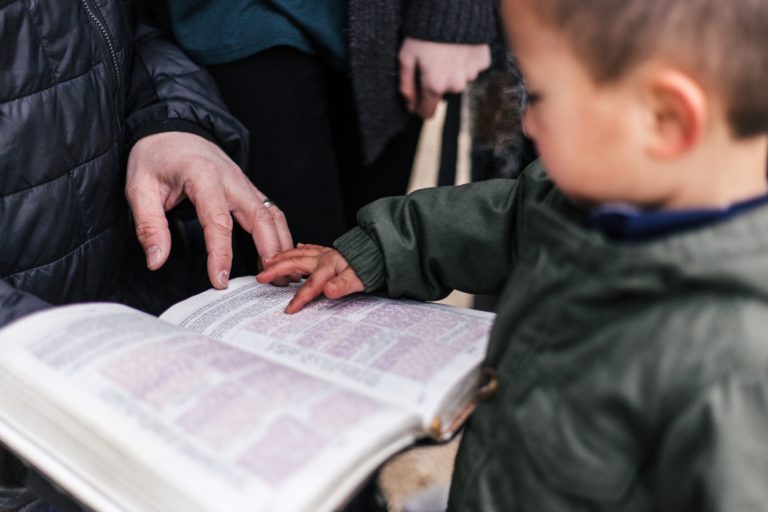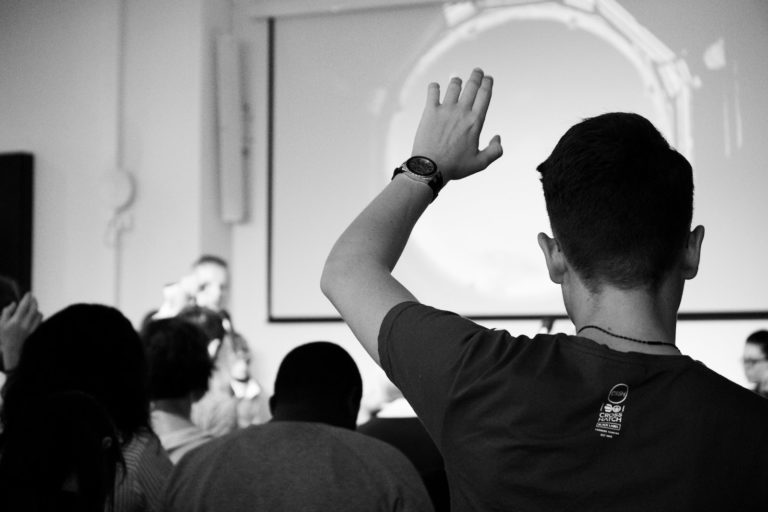Ministry Norms: What even is ‘normal’?
Are we normal? At Ministry Architects, we’ve worked with over 1,000 churches, and, inevitably, this is THE most frequently asked question. Based on all that we’ve seen and come to understand about what helps support a sustainable ministry, we’ve developed some norms. These numbers are just a way to compare some numbers from your church…








